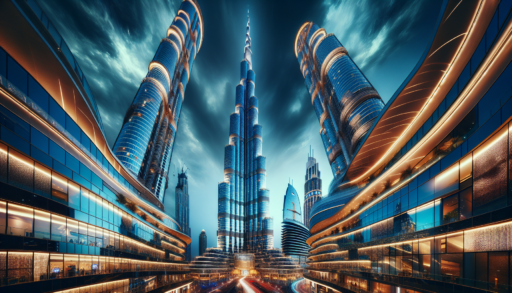
Burj Khalifa: A Journey Through its Architectural Excellence
Rising above the skyline of Downtown Dubai, the Burj Khalifa, designed by Adrian Smith of Skidmore, Owings, & Merrill, stands as the world’s tallest building, boasting an unparalleled height of 828 meters. Its architectural design not only pushes the boundaries of structural engineering but also sets global standards, marking a pinnacle of human achievement in both construction and design, reflecting Emaar Properties’ vision.
This article delves into the architectural excellence of the Burj Khalifa, from its concept, inspired by the natural world, to its completion that broke numerous world records, including those for height and the number of floors. Exploring innovations in sustainability and design, it also highlights the tower’s role today, beyond being a marvel of engineering, as a centrepiece of Dubai’s bustling urban landscape.

The Vision and Design Inspired by Nature
Adrian Smith, the visionary behind the Burj Khalifa, drew inspiration from the natural and cultural elements surrounding the site. The building’s unique Y-shaped tripartite floor geometry is not just a design marvel but a functional strategy to enhance the structure’s stability and maximize panoramic views of the Arabian Gulf. Below are the key design inspirations:
- Nature-Inspired Geometry:
- Hymenocallis Flower: The tower’s three-lobed footprint mirrors this regional desert flower, optimizing both aesthetic appeal and structural performance.
- Biomimetics: This approach in the tower’s design utilizes patterns and elements found in nature to address engineering challenges, providing the building with exceptional torsional resistance.
- Cultural Reflections:
- Islamic Architecture: Incorporating elements like pointed arches and onion dome forms, the design echoes traditional Islamic structures, blending cultural heritage with modern architectural practices.
- Samsung Tower Palace Three Influence: The floor plan and stepped design, reducing in width as it ascends, are derived from this earlier project by Smith, which also featured a similar Y-shaped design.
- Structural Innovations:
- Central Core and Winged Design: Each wing consists of four bays, and at every seventh floor, one bay steps back, spiralling the structure upwards and reducing the wind forces on the building.
- Maximized Views: The strategic Y-shape design enhances the residents’ views, making it a prime example of form following function in skyscraper design.
This thoughtful integration of natural inspiration with cultural homage through innovative architectural practices not only sets the Burj Khalifa apart as a skyscraper but also as a symbol of technological and artistic achievement.
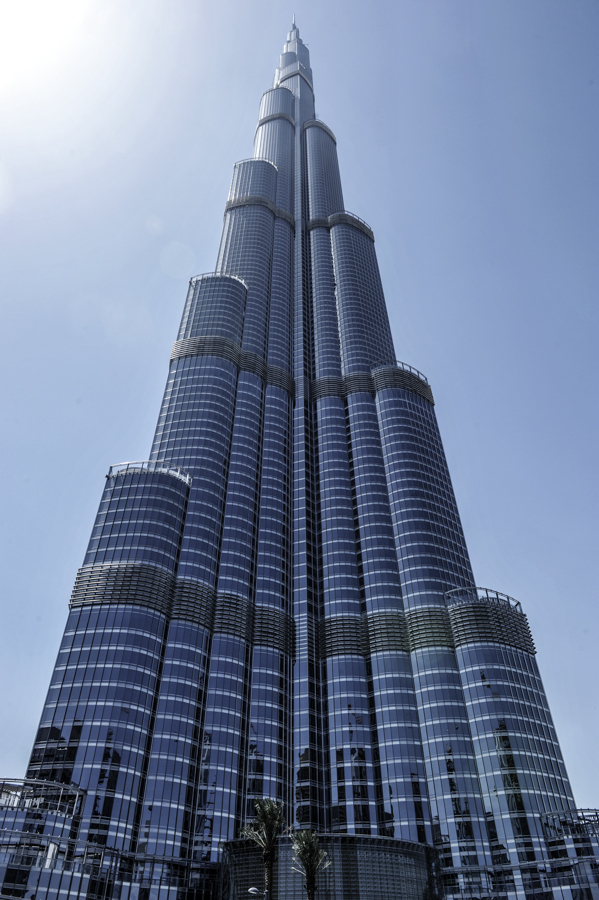
Breaking World Records: From Construction to Completion
From its inception, the construction of the Burj Khalifa was set to break more than just the ground on which it was built. This architectural giant did not just aim to reach the skies but also to shatter multiple world records:
- Structural Marvels: The pinnacle of the Burj Khalifa is its telescopic spire, made from over 4,000 tons of structural steel. This feature not only adds to its iconic silhouette but also its record-breaking height of 2,716.5 feet.
- Mechanical Ingenuity: Housing the complex systems that animate the building, seven double-storey mechanical floors are strategically placed throughout the structure. Additionally, the top four floors are dedicated to communications and broadcasting, optimizing the tower’s functionality.
- Record-Breaking Elevators: The building boasts fifty-seven elevators and eight escalators. Among these, the service/fireman’s elevator is notable for its capacity of 5,500 kg, making it the world’s tallest service elevator.
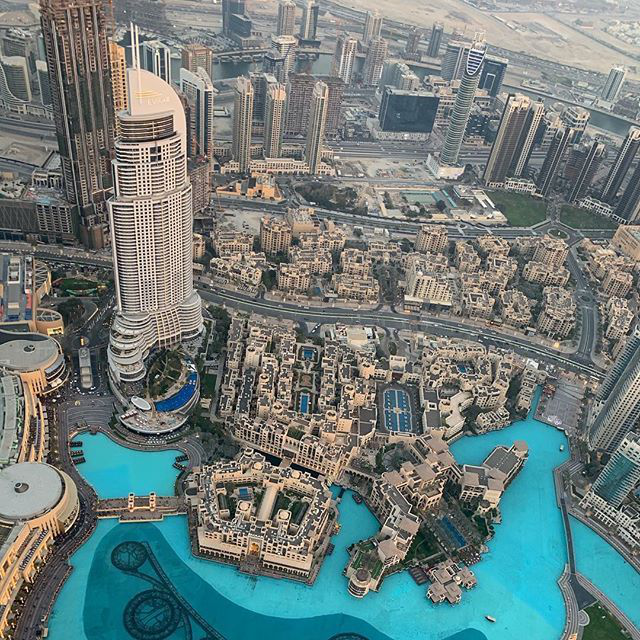
The construction phase itself was a feat of engineering and logistical planning. It spanned over six years, from 2004 to 2010, at a total cost of $1.5 billion. The process was meticulously divided into phases including the extensive groundwork, the erection of the structural framework, and the careful installation of the cladding system designed to withstand Dubai’s intense summer heat. Noteworthy is the use of three of the world’s largest cranes equipped with self-jacking mechanisms, capable of lifting twenty-five tonnes, vital for the tower’s construction.
The Burj Khalifa not only became the tallest building and freestanding structure in the world but also set records for the highest number of floors (163), the highest occupied floor, and the highest outdoor observation deck. These achievements are underpinned by the tower’s innovative design, including its Y-shaped tripartite floor geometry, which has contributed to its unmatched stature and durability against natural elements like high winds and extreme temperatures.
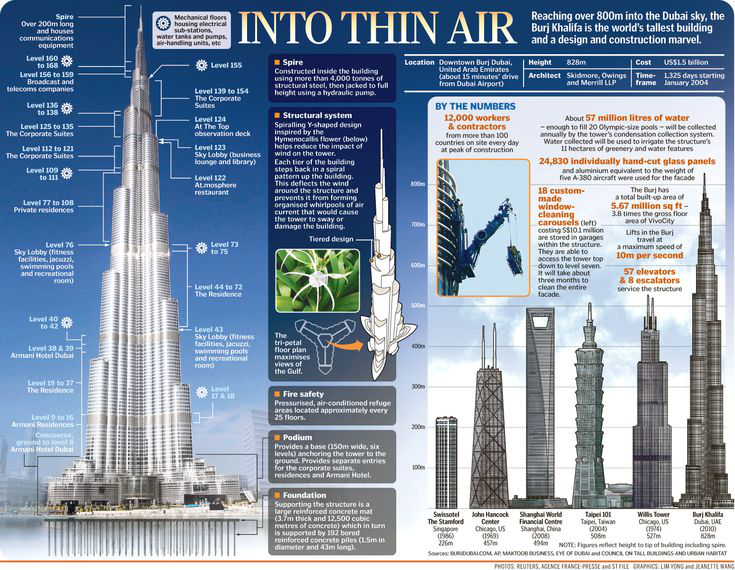
Innovations in Design and Sustainability
The Burj Khalifa stands as a beacon of sustainable architectural practices, incorporating a myriad of innovative designs that minimize environmental impact while enhancing functionality. Key elements include:
- Energy Efficiency:
- Smart Lighting: Integration of motion sensors to adjust lighting based on natural daylight availability, significantly reducing energy consumption.
- Advanced Cladding: Utilizes materials designed to reflect heat, thereby decreasing air conditioning needs and promoting energy conservation.
- Water Conservation:
- Efficient Plumbing: High-efficiency fixtures and a condensate recovery system significantly reduce water usage.
- Water Reclamation: Implements systems that support the Dubai Fountain, using refined reclaimed water.
- Waste Management and Material Sustainability:
- Recycling Initiatives: A robust recycling program effectively reduces landfill contributions.
- Sustainable Construction Materials: Emphasis on recycled and locally sourced materials during construction to lower the environmental footprint.
These strategies are complemented by the tower’s structural design, which merges Islamic geometries with modern aesthetics, optimizing both stability against wind forces and visual appeal. The building’s Y-shaped plan and reinforced concrete core are pivotal in achieving these feats, highlighting a harmonious blend of form, function, and sustainability.
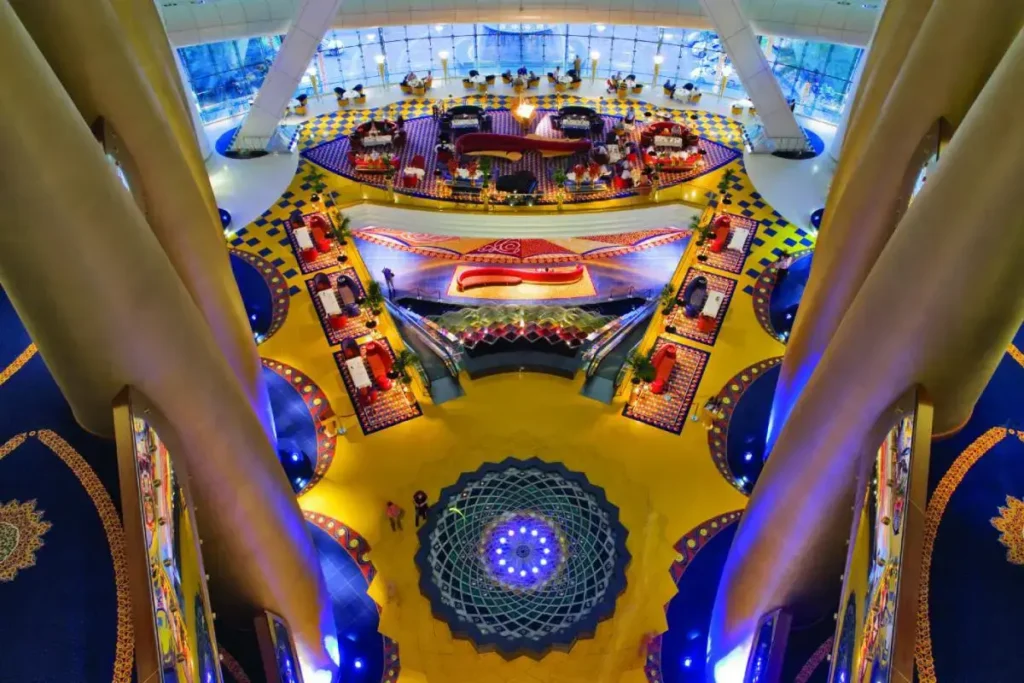
The Burj Khalifa Today: Beyond an Architectural Marvel
Today, the Burj Khalifa not only stands as a monumental architectural achievement but also as a vibrant hub of lifestyle and business activities, reflecting the dynamic essence of Downtown Dubai. This mixed-use tower encompasses:
- Residential Elegance: Spanning levels 19 to 108, the Burj Khalifa houses nine hundred residences ranging from studio apartments to four-bedroom units, each offering luxurious living spaces with spectacular views of the city and beyond.
- Corporate and Hospitality Blend: The tower features corporate suites from levels 112 to 154, alongside world-class hospitality services including the Armani Hotel Dubai and two exclusive sky lounges. At.Mosphere, one of the highest restaurants in the world, provides a unique dining experience on the 125th floor.
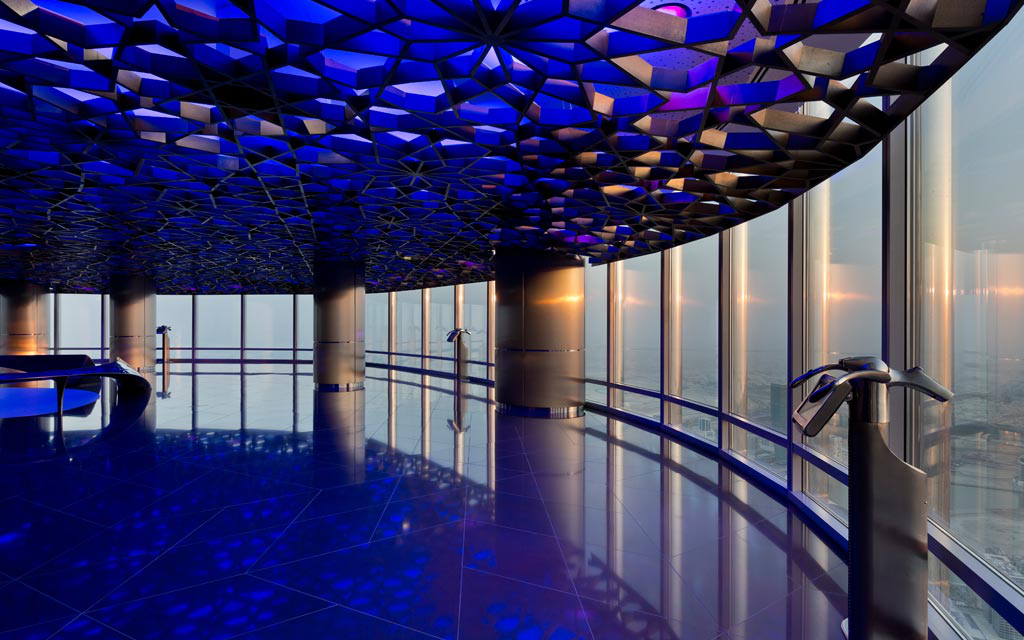
Significantly, the Burj Khalifa serves as a beacon of innovation and safety in high-rise design, setting benchmarks for emergency evacuation protocols and building management systems. Its role extends beyond an architectural marvel, acting as a catalyst for further architectural and sustainable developments in Dubai, influencing projects like Dubai Sustainable City. The surrounding area enhances this iconic structure with attractions such as the Dubai Mall and the Dubai Fountain, making it a focal point for tourists and residents alike.
As we have explored the architectural excellence of the Burj Khalifa, it is evident that this landmark is not merely an emblem of Dubai’s skyline but a testament to human ingenuity, technological advancement, and cultural amalgamation. The journey from its nature-inspired design and structural innovations to its status as a mixed-use tower that houses residential, corporate, and hospitality spaces underlines its multifaceted significance. The implementation of sustainability practices further emphasizes its role as a pioneering project in modern architecture, setting benchmarks for future constructions worldwide.
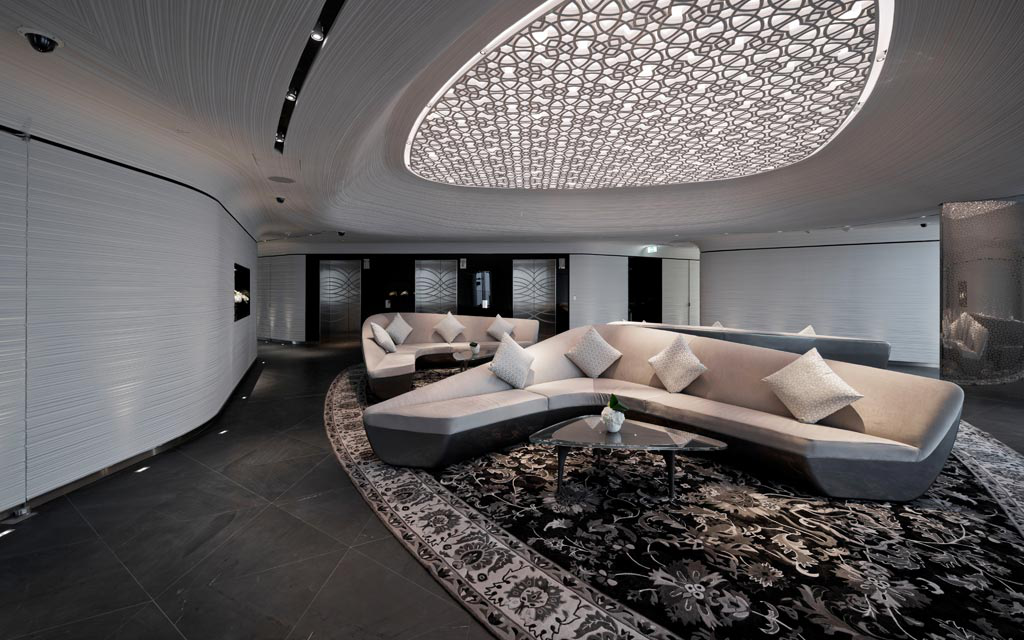
In reflecting on the broader implications of the Burj Khalifa, it becomes clear that its achievements extend beyond breaking world records to influencing the realms of architecture, sustainability, and urban development. As a symbol of progress and a beacon of inspiring possibilities, it not only contributes to the aesthetic and functional landscape of Dubai but also serves as a model for integrating technological, environmental, and cultural considerations in skyscraper design. The continuing impact of the Burj Khalifa on global architecture and urban planning underscores its enduring legacy and the limitless potential of human creativity.





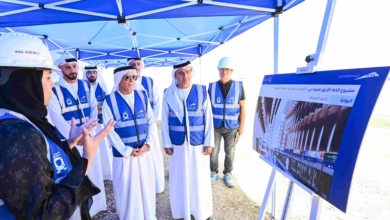
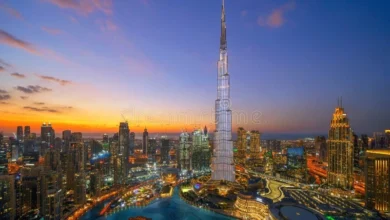
Your article helped me a lot, is there any more related content? Thanks!
[…] tourist destinations and commercial areas. The night sky brightened above landmarks like Burj Khalifa, Dubai Frame, Expo City, and Global […]
[…] Burj Khalifa, the world’s tallest building, sets the stage for an exceptional New Year’s Eve celebration that blends advanced technology with artistic brilliance. […]
[…] star’s influence runs so deep that he became the first actor to have the entire Burj Khalifa Boulevard closed down for his movie Pathaan’s […]
[…] Qasr Al Ghamedh stands as evidence of architectural excellence and cultural preservation that blends its mysterious past with a promising future. The […]